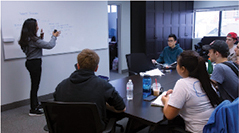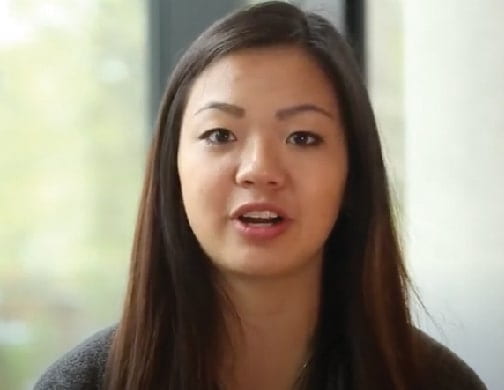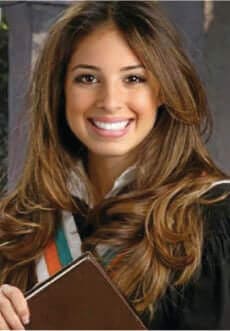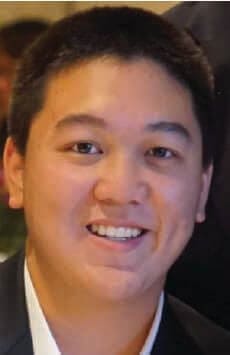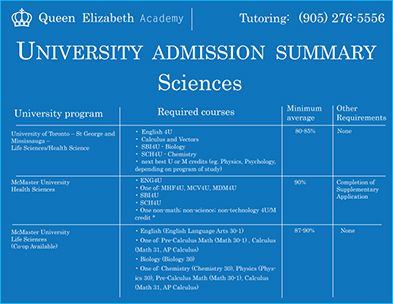Welcome to Queen Elizabeth Academy, providing MCR3U Course - Grade 11 Functions Course and Tutoring, for you to excel at grade 11 Functions. Our course instructors and tutors have deep experience in MCR3U course / functions, for you to understand the concepts and be able to tackle application / thinking problems, which many students lose their marks.
- Introduction to Functions
- Domain and Range
- Inverse Functions
- Parent Functions and Its Properties
- Transformation and Mapping Notation
- Factoring
- Expansion using Binomial Theorem
- Radicals and Rationalization
- Graphing Quadratic Functions
- Quadratic Functions Applications
- Rational Expressions
- Rational Functions Applications
- Trigonometric Ratios and The Unit Circle
- Exact Ratio
- Trigonometric Functions
- Graphing Trigonometric Functions
- Trigonometric Functions Application
- Sine Law
- Ambiguous Cases of Sine Law
- Cosine Law
- Trigonometric Identities
- Exponent Laws
- Exponential Functions
- Graphing Exponential Functions
- Exponential Functions Application
- Introduction to Sequences
- Arithmetic and Geometric Sequences
- Introduction to Series
- Arithmetic and Geometric Series
- Simple Interest
- Compound Interest
- Simple Annuities




